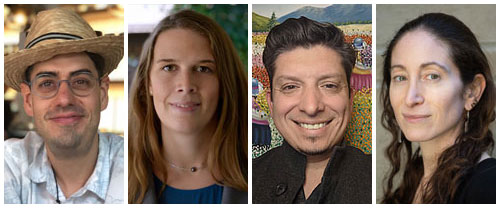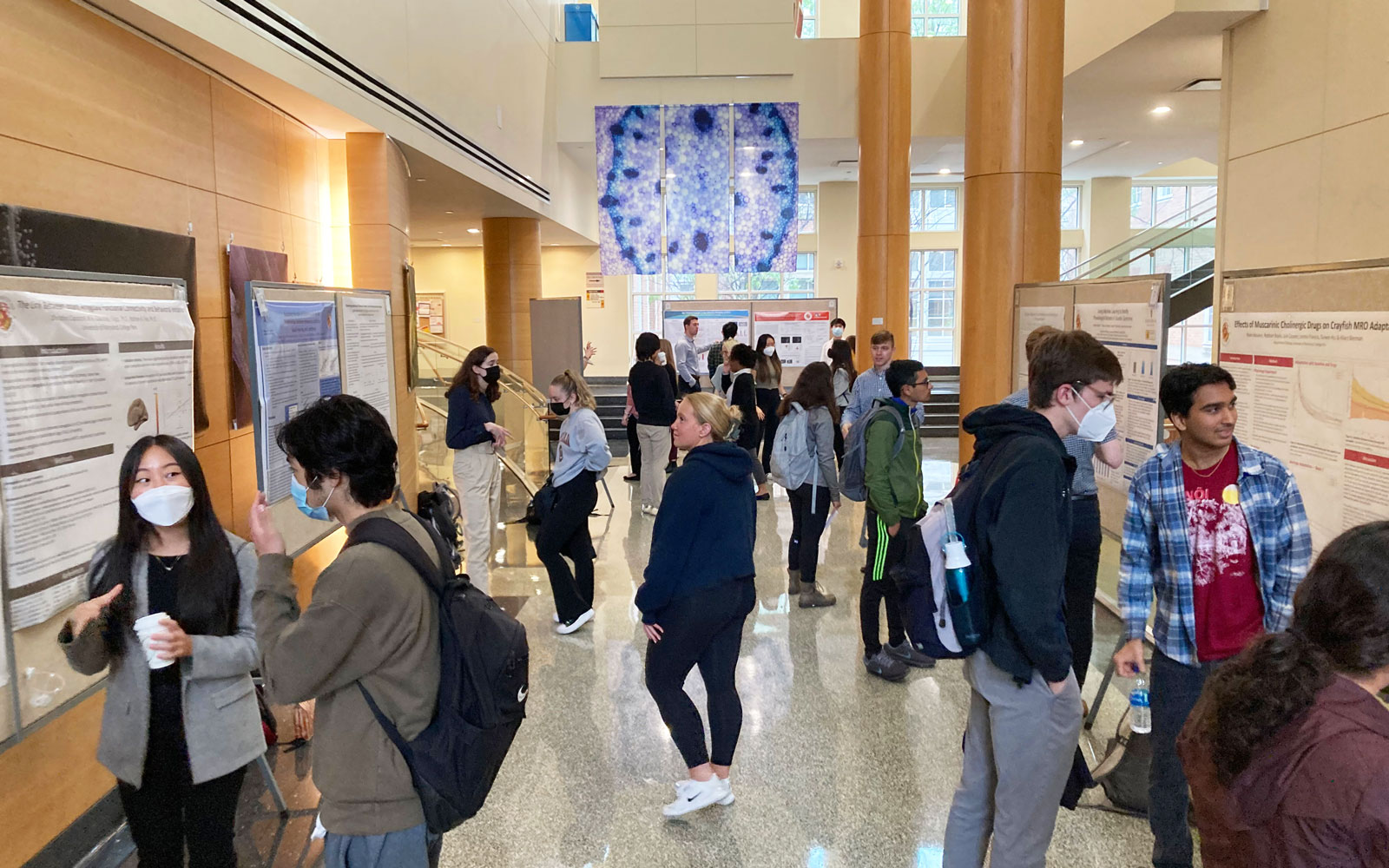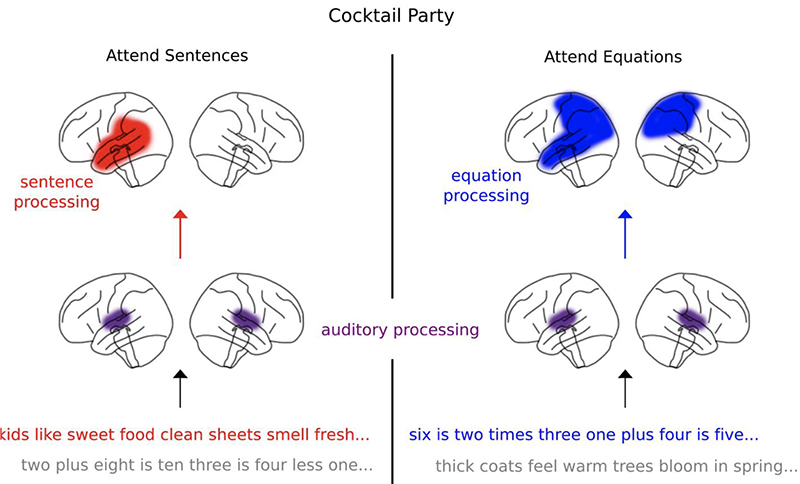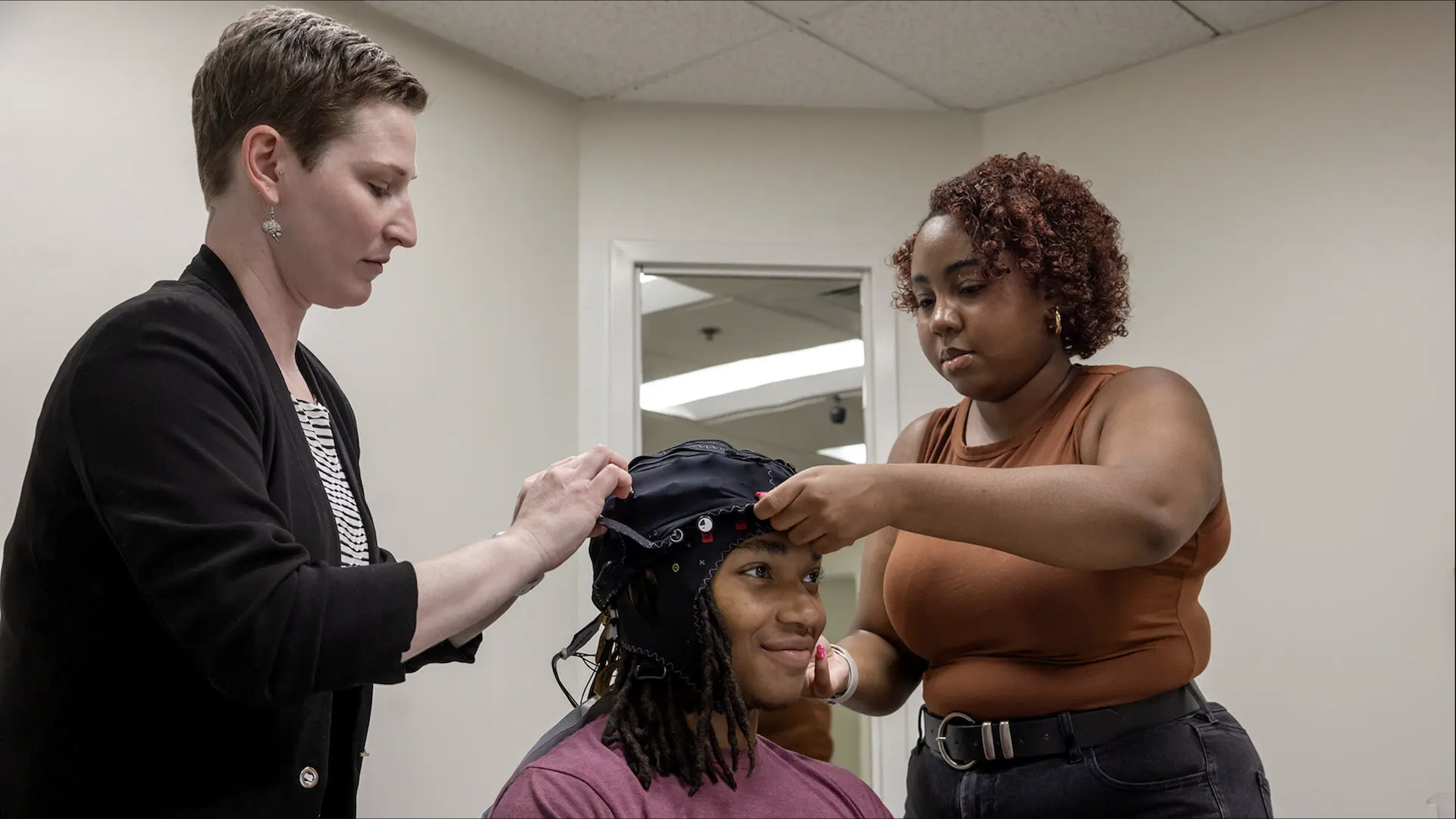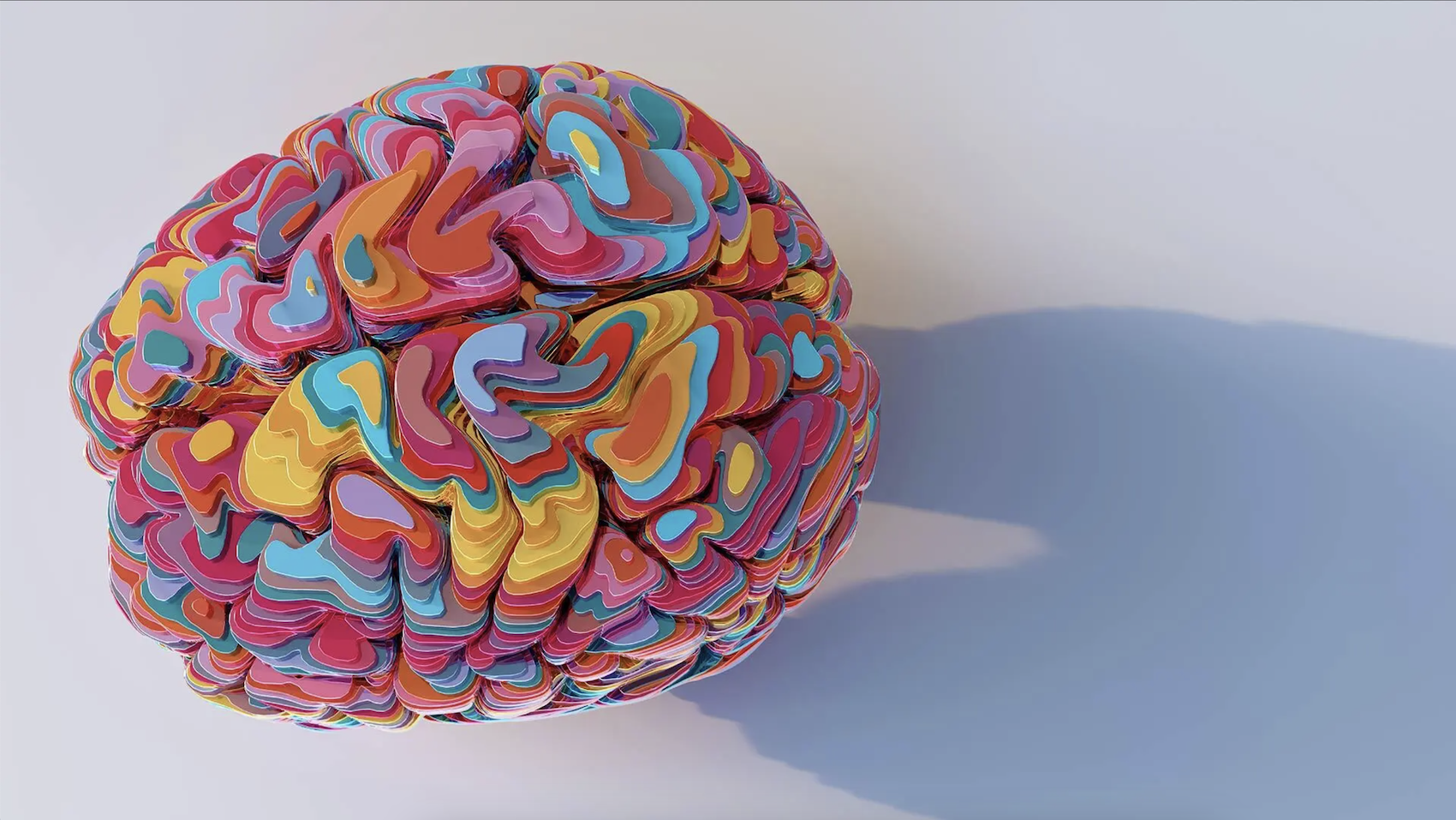News Story
$3.1M NIH Award Supports Study of Anxiety-Fueled Alcohol Misuse

UMD researchers will use a combination of surveys, advanced data analysis and neuroimaging to understand the daily experiences of heavy drinkers, exploring how anxiety impacts alcohol misuse. Illustration by iStock.
Motivations for alcohol misuse evolve as people age, from a university student bonding with peers or chasing a high to roughly half of middle-aged adults reporting they sometimes drink for relief from stress. Now a University of Maryland psychology researcher is delving into the factors governing anxiety-fueled drinking with support from a new five-year, $3.1 million award from the National Institute on Alcohol Abuse and Alcoholism (NIAAA), part of the National Institutes of Health.
Led by Alexander Shackman, an associate professor of psychology, the study will use a combination of brain imaging tools and data gathered via smartphone surveys to clarify the neurobiological mechanisms underpinning anxiety-fueled alcohol misuse in a racially diverse sample of participants recruited from the Washington-Baltimore region.
Social anxiety is a strong predictor of developing alcohol use disorder, but how this dynamic plays out in daily life is not fully understood, said Shackman.
“The new grant from NIAAA will allow us to study the neural circuits that orchestrate states of fear and anxiety in the lab and the everyday experiences of heavy drinkers as they navigate their daily lives,” he said. “Fusing the brain imaging and smartphone data streams will enable us to test the relevance of the brain circuits we identify in the scanner to stress- and relief-motivated drinking in the real world.”
Alcohol misuse places a staggering burden on global public health and is a leading cause of human misery, morbidity and mortality. According to the WHO, approximately 14% of deaths worldwide among 20- to 39-year-olds are attributable to alcohol.
To date, Shackman noted, the vast majority of research in this area is based on predominantly white, non-Hispanic university participants. By focusing on a racially and age-diverse sample, this project has the potential to provide health insights that are more generalizable, clinically relevant and equitable.
An important element of the new study is its use of advanced computational analysis to characterize the neurobiology of multiple facets of anxiety. Past work by the Shackman lab has assessed what takes place in the brain given the danger or risk posed by a threat and, supported by a seed grant from UMD's Brain and Behavior Institute, investigated experiences of paranoia using smartphone technology. Now, the team will render a fuller picture of anxiety by isolating the neural circuits activated when a threat is ambiguous.
“There are many real-world scenarios where the odds of encountering a threat are unknown or only partially knowable—for example, running a yellow traffic light,” explained Shackman. “Much of the clinical impact of this project comes from our ability to precisely manipulate the ambiguity of a threat and link the specific brain regions sensitive to ambiguity to the real-world smartphone survey data.”
This quantitative approach to mapping variation in risky and ambiguous threats paves the way for an integration of human neuroimaging with studies in animals, which can provide casual insights and inform the development of new biological treatments. The study will help research at these different levels of analysis develop a common quantitative language, he said.
“Animal models are crucial for the development of new treatments for alcohol use disorder and other debilitating illnesses, and we want to create a quantitative platform for more tightly linking the human and animal literatures,” he said. “The ultimate goal is a computationally grounded lingua franca that facilitates precise and well-coordinated research across species.”
Shackman’s co-investigators on the grant include Senior Faculty Specialist Kathryn DeYoung and Research Associate Jason Smith, along with Erie Boorman (University of California, Davis), John Curtin (University of Wisconsin-Madison) and Andrew Fox (University of California, Davis and the California National Primate Center).
###
Writer: Nathaniel Underland, underlan@umd.edu
About the Brain and Behavior Institute: The mission of the BBI is to maximize existing strengths in neuroscience research, education and training at the University of Maryland and to elevate campus neuroscience through innovative, multidisciplinary approaches that expand our research portfolio, develop novel tools and approaches and advance the translation of basic science. A centralized community of neuroscientists, engineers, computer scientists, mathematicians, physical scientists, cognitive scientists and humanities scholars, the BBI looks to solve some of the most pressing problems related to nervous system function and disease.
Published July 26, 2023

